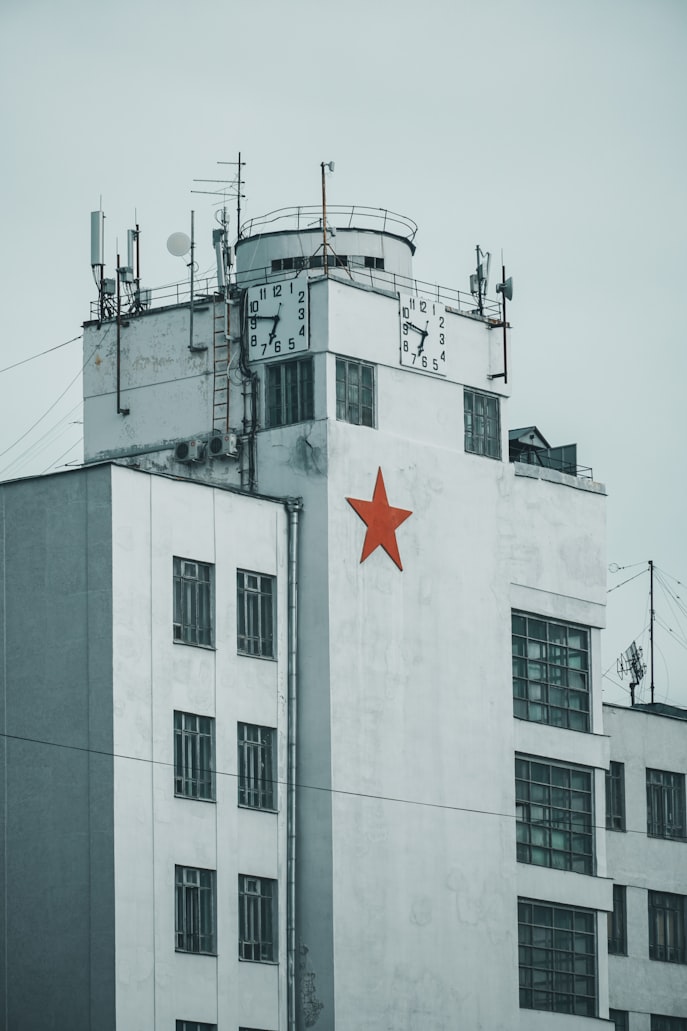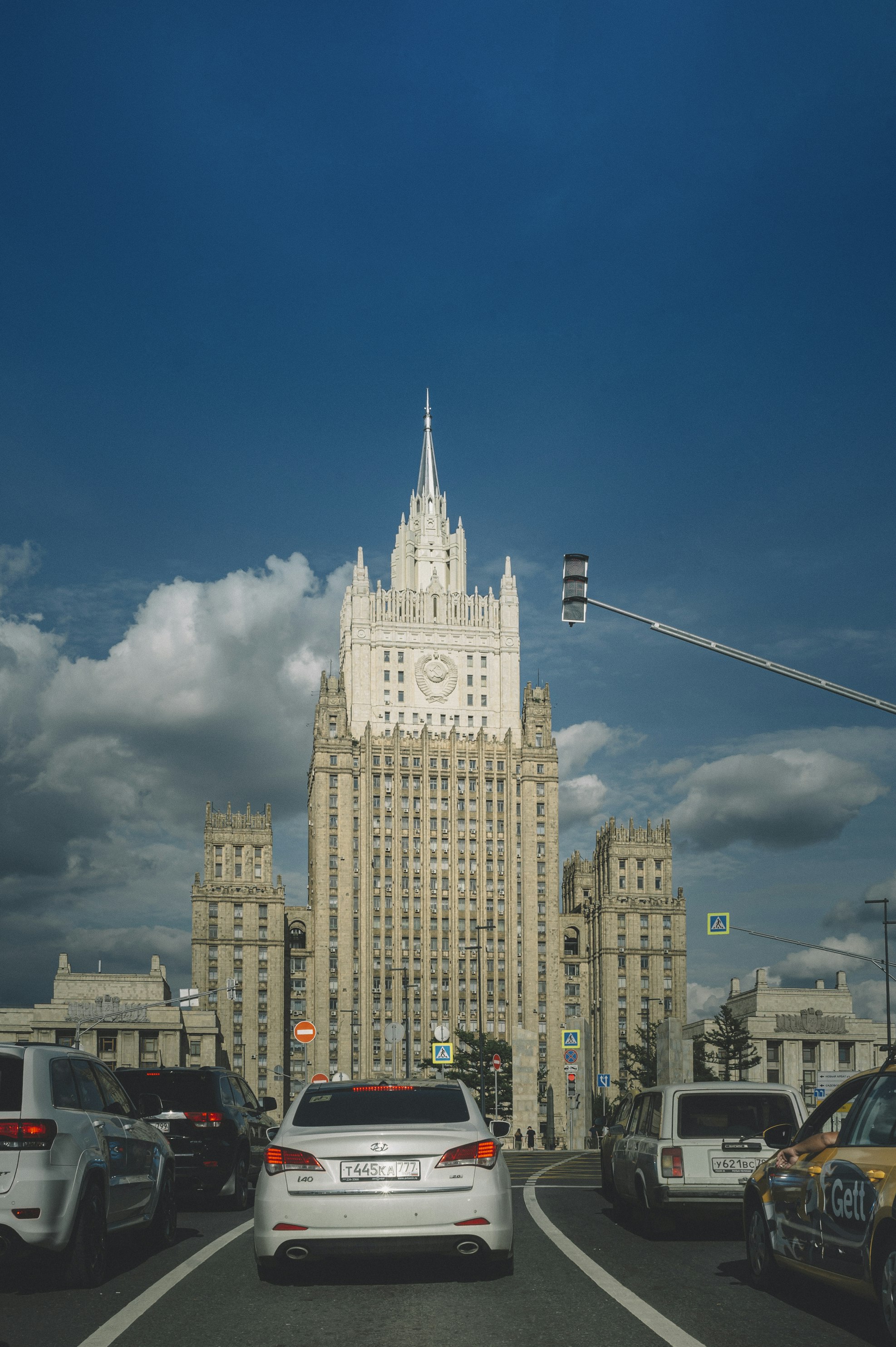The Rise and Fall of the Soviet Union: A Look at its Domestic and International Policies

The Soviet Union, also known as the Union of Soviet Socialist Republics (USSR), was a federal socialist state that existed from 1922 to 1991. It was a one-party communist state that was ruled by the Communist Party of the Soviet Union (CPSU). The Soviet Union was composed of 15 republics, including Russia, Ukraine, Belarus, and the Baltic states.
Formation and Early Years
- The Soviet Union was formed in December 1922, following the Bolshevik Revolution of 1917 and the subsequent Russian Civil War.
- The Soviet government was led by Vladimir Lenin, who established a socialist government and implemented policies of nationalization and collectivization.
- The early years of the Soviet Union were marked by political repression, economic hardship, and widespread famine.
The Stalin Era
- After Lenin’s death in 1924, Joseph Stalin emerged as the leader of the Soviet Union.
- Stalin implemented a series of policies known as the “Five-Year Plans” to rapidly industrialize the country and strengthen its economy.
- Stalin’s policies also led to widespread repression, including the purges of the 1930s in which millions of people were arrested, exiled, or executed.
World War II
- The Soviet Union entered World War II as an ally of Nazi Germany but switched sides in 1941 after Germany invaded the Soviet Union.
- The Soviet Union played a major role in the defeat of Nazi Germany and emerged from the war as one of the world’s superpowers.
- The war resulted in heavy losses for the Soviet Union, with an estimated 27 million Soviet citizens losing their lives.
Cold War
- The Soviet Union emerged from World War II as a superpower, along with the United States, leading to a period of tension and competition known as the Cold War.
- The Soviet Union and the United States engaged in a nuclear arms race and a competition for global influence through proxy wars and political interventions.
- The Soviet Union established a sphere of influence in Eastern Europe, which became known as the Eastern Bloc.
- The Soviet Union also played a key role in the formation of the United Nations and other international organizations.
Domestic Policies
- The Soviet Union was a one-party state ruled by the CPSU, and political opposition was not tolerated.
- The Soviet government implemented policies of collectivization and nationalization, leading to the formation of a command economy.
- The Soviet government also implemented policies of cultural repression, including censorship of the arts and the suppression of religious and ethnic minorities.
The collapse of the Soviet Union
- The Soviet Union began to experience economic and political challenges in the 1980s, leading to increasing popular discontent and a growing sense of national identity among the republics.
- In 1991, a failed coup attempt by hardline CPSU members accelerated the collapse of the Soviet Union.
- In December 1991, the Soviet Union officially dissolved, and the republics declared their independence.
Conclusion
The Soviet Union was a federal socialist state that existed from 1922 to 1991, characterized by its one-party communist government, political repression, and economic challenges. The country went through different phases and policies that were marked by dictatorship and autocracy and it collapsed in 1991 following a failed coup. The Soviet Union played a major role in World War II and the Cold War and it left a significant impact on international relations, political ideologies, and the history of the world.







